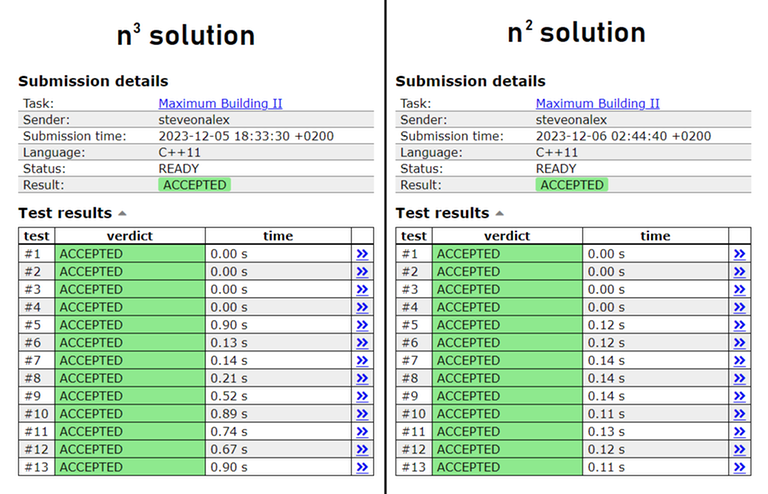Prequel post: I reached IM, this is insane!
Hey guys. After the round Rayan Programming Contest 2024 — Selection (Codeforces Round 989, Div. 1 + Div. 2), I've finally broke the International Master plateau after a whole seven days and became a Grandmaster, which, again, makes me the GOAT of Peru and the first to get to GM. This is insane, I'm crying so hard. I worked so hard for this maybe I'm getting better or I just fluke really hard recently idk.
My next goal is to reach IGM, and hopefully achieve it by the end of the school year i.e. next June (no magic of course, because why the hell would you want to change your handle from the color Red to the color... Red?).
If you guys are asking me about how I train from IM to GM, idk man I meditated on a mountain like a monk and didn't even touch my laptop for a whole week.
Anyway thanks for reading this shitpost.
(Btw seeing my handle colored red just looks so weird man, like I've been used to it being yellow for a whole year)











